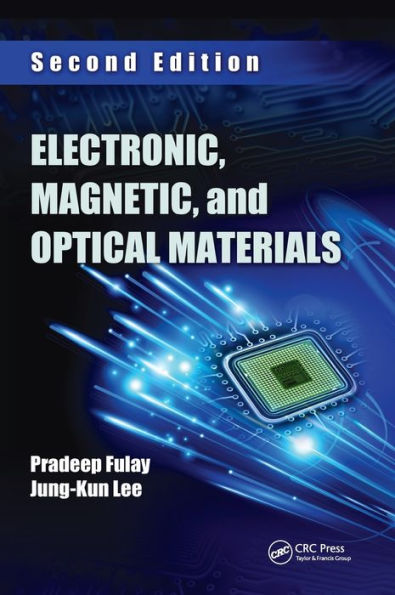5
1
9781498701693



Electronic, Magnetic, and Optical Materials / Edition 2 available in Hardcover, eBook

Electronic, Magnetic, and Optical Materials / Edition 2
- ISBN-10:
- 1498701698
- ISBN-13:
- 9781498701693
- Pub. Date:
- 11/11/2016
- Publisher:
- Taylor & Francis
- ISBN-10:
- 1498701698
- ISBN-13:
- 9781498701693
- Pub. Date:
- 11/11/2016
- Publisher:
- Taylor & Francis

Electronic, Magnetic, and Optical Materials / Edition 2
$160.0
Current price is , Original price is $160.0. You
160.0
In Stock

Product Details
| ISBN-13: | 9781498701693 |
|---|---|
| Publisher: | Taylor & Francis |
| Publication date: | 11/11/2016 |
| Edition description: | Revised |
| Pages: | 554 |
| Product dimensions: | 7.00(w) x 10.00(h) x (d) |
About the Author
What People are Saying About This
From the B&N Reads Blog
